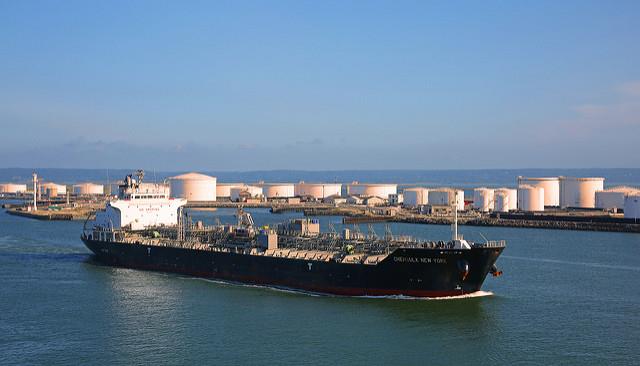
The Commodities Feed: Chinese Oil Import Quota Increased
Oil prices finished yesterday stronger on the back of little fresh developments. ICE Brent settled almost 2.4% higher on the day, taking it back above $76/bbl. Prices, however, are under some pressure in early morning trading today. Possibly, yesterday's strength was in response to the lack of any outcome from US Secretary of State, Antony Blinken's, latest visit to Israel. There had been hopes that following the killing of Hamas leader, Yahya Sinwar, there could be some de-escalation in the war. On top of this, the market continues to wait for Israel's response to Iran's missile attack. The uncertainty around how this plays out would leave speculators hesitant to be too short the market, something speculators had been before this most recent escalation, due to demand concerns and a bearish 2025 outlook.
Numbers from the API overnight showed that US crude oil inventories increased by 1.6m barrels over the last week, a bit above the roughly 1m barrel build the market was expecting. Meanwhile, refined products saw draws with gasoline and distillate fuel oil inventories falling by 2m barrels and 1.5m barrels, respectively. The more widely followed EIA weekly report will be released later today.
The Chinese government increased the 2025 crude oil import quota for private refiners by 6% year-on-year to 257m tonnes (a little over 5.1m b/d), after keeping it unchanged for four consecutive years. The higher quota comes as new refining capacity ramps up, while quotas could still be adjusted depending on demand and capacity. However, refiners that have not imported crude oil over the last two years will not be allocated any quotas.
European gas prices strengthened yesterday with TTF continuing to trade above EUR40/MWh. Middle East tension continues to support gas prices, while a production halt at Equinor's Sleipner B platform in the North Sea would have also provided some upside. In addition, dry weather conditions in Brazil have reduced hydropower generation, leaving Brazil to rely more on LNG imports for power generation. A continuation of this in the months ahead would leave the global LNG market tighter than expected over the Northern Hemisphere winter.
Metals – Global steel output fallsGlobal steel production declined by 4.7% YoY to 143.6mt in September due to lower output from major producers, including China, Japan, and Russia, the latest data from the World Steel Association (WSA) shows. Cumulatively, global steel output fell 1.9% YoY to 1,394.1mt over the first nine months of the year. Chinese steel production fell 6.1% YoY to 77.1mt last month, while cumulative output declined 3.6% YoY to 768.5mt in Jan'24-Sep'24. Production in Russia and Japan decreased by 10.3% YoY and 5.8% YoY respectively in September.
In copper, the International Copper Study Group's (ICSG) latest update shows that the global copper market remained in a surplus of 54kt in August. The group estimates a total surplus of 535kt over the first eight months of the year as the production growth rate outpaced the demand recovery. The supply surplus was higher when compared to a surplus of just 75kt during the same period last year. Global mine and refined copper production increased by 2% YoY and 5% YoY, respectively, while overall apparent refined demand increased by 2.5% YoY over the first eight months of the year.
The latest LME COTR report shows that investors decreased their net bullish position for copper by 642 lots to 72,114 lots for the week ending 18 October 2024. A similar move was seen in zinc, with speculators decreasing their net bullish bets by 40 lots to 38,029 lots over the last reporting week. In contrast, money managers increased net bullish bets for aluminium by 8,676 lots to 120,478 lots as of last Friday.
Agriculture – Cocoa falls on higher port arrivalsCocoa futures trading in New York extended losses for a third straight session with prices falling more than 5% at one point yesterday, on account of higher bean deliveries reported to ports in the Ivory Coast. Data shows that bean arrival at Ivorian ports totalled 192.8kt as of 20 October, up 13% from last year. Favourable weather conditions are also expected to benefit the Ivorian crop. Last week, the Ivory Coast raised its 2024/25 harvest forecast by 10% to 2.1-2.2mt, following a fresh count of pods the previous month.

Legal Disclaimer:
MENAFN provides the
information “as is” without warranty of any kind. We do not accept
any responsibility or liability for the accuracy, content, images,
videos, licenses, completeness, legality, or reliability of the information
contained in this article. If you have any complaints or copyright
issues related to this article, kindly contact the provider above.

















Comments
No comment